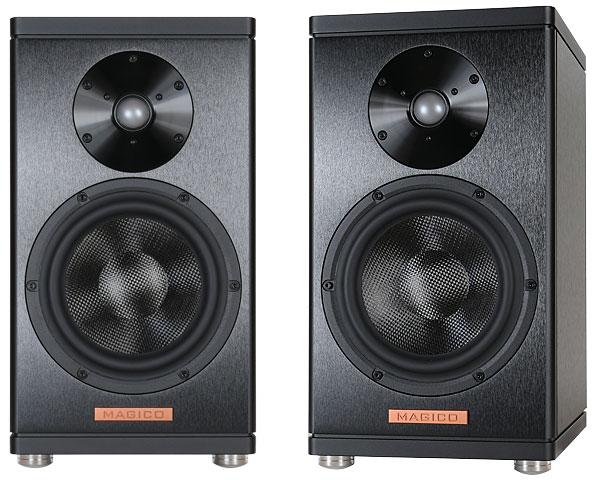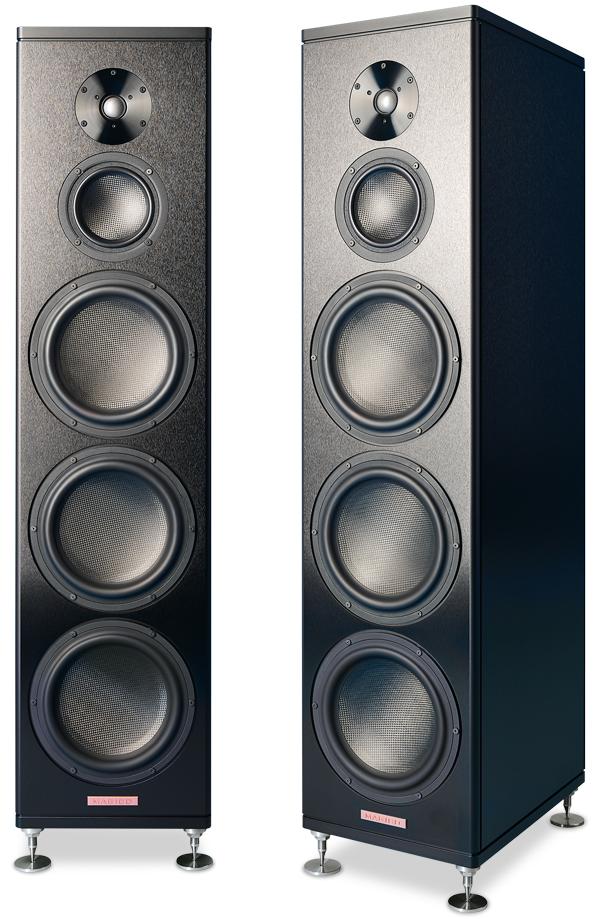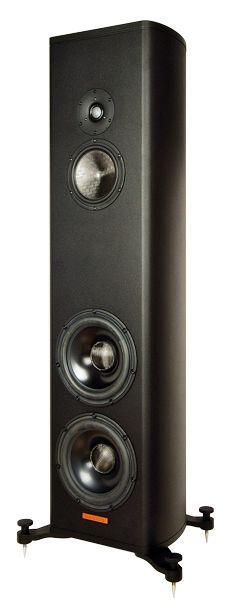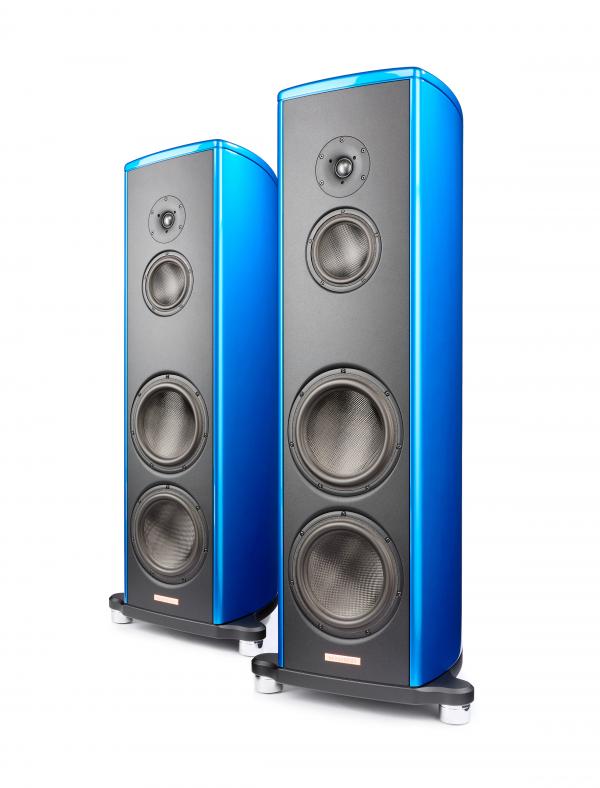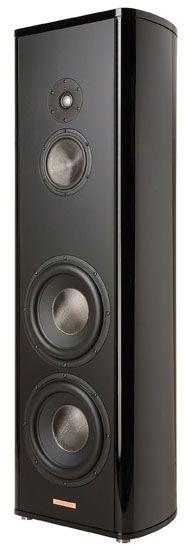Loudspeakers
Sort By: Post DateTitle Publish Date
|
Apr 08, 2020
|
Sep 17, 2021 |
First Published: May 01, 1999

 Active or passive? Exposure's new outboard crossover allows you to experience both with the Kudos Titan 707
Active or passive? Exposure's new outboard crossover allows you to experience both with the Kudos Titan 707
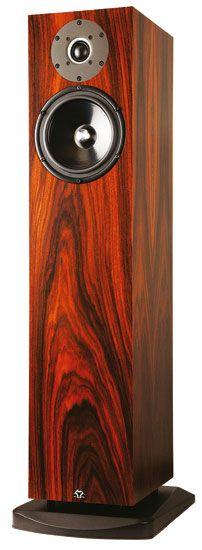
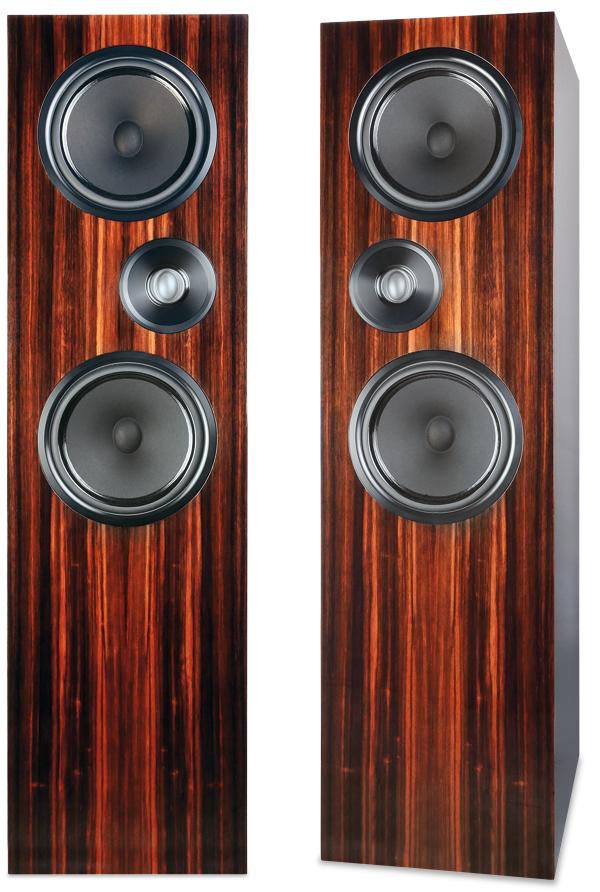
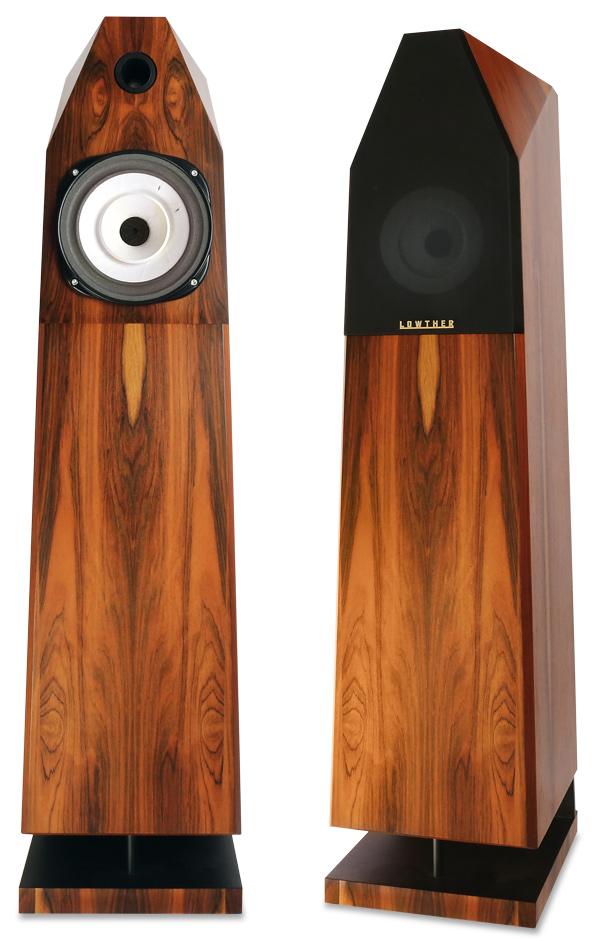
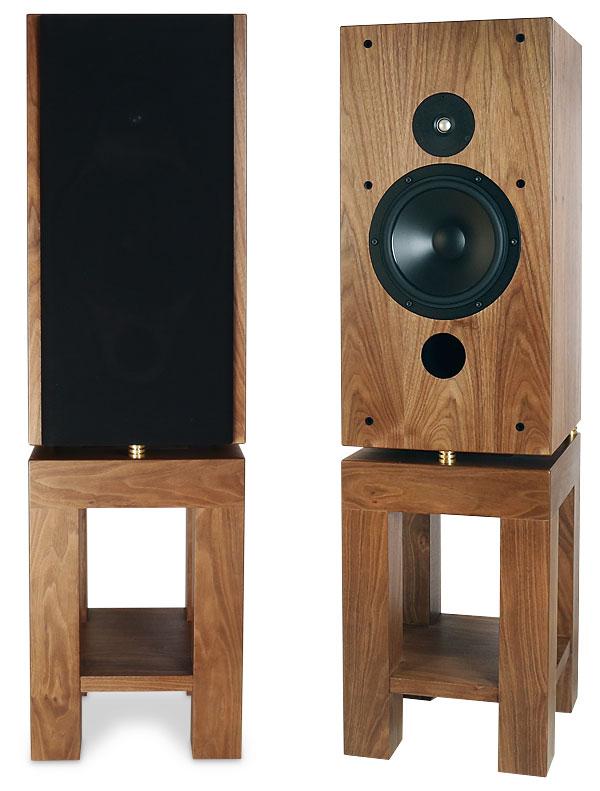
 Designed and handcrafted by the father and son team at Lu Kang Audio, the Spoey230 is the heavyweight flagship standmount of this artisan range from Taiwan's Taipei City
Designed and handcrafted by the father and son team at Lu Kang Audio, the Spoey230 is the heavyweight flagship standmount of this artisan range from Taiwan's Taipei City
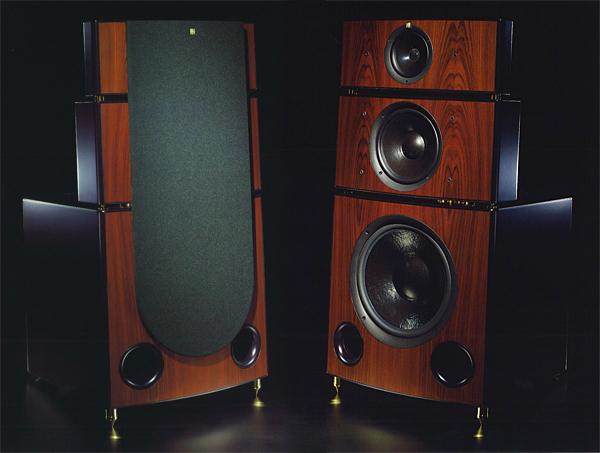
 Martin Colloms hears KEF's no-holds-barred flagship speaker, the R109
Martin Colloms hears KEF's no-holds-barred flagship speaker, the R109
